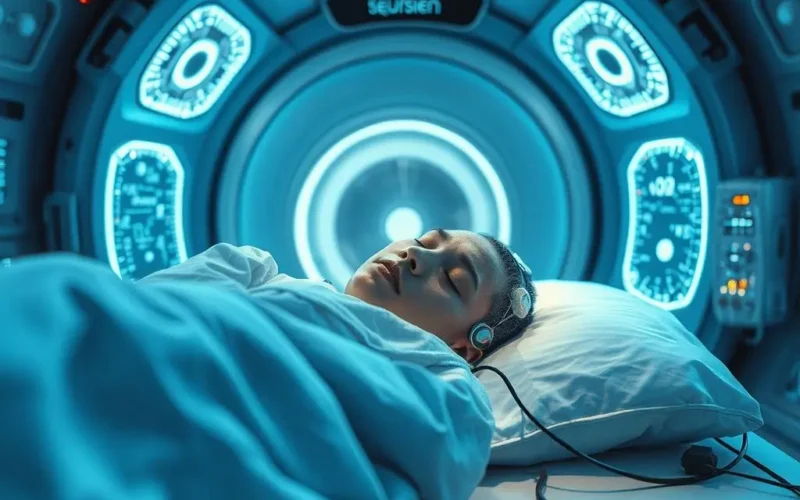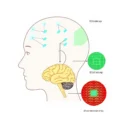Ever had a dream so vivid, so real, that you wake up buzzing, desperately trying to cling onto the fleeting images before they dissolve into the morning light? That incredible adventure, that poignant reunion, that utterly bizarre scenario – gone in moments, leaving you with just a wisp of memory and a nagging question: What *was* that?
For millennia, dreams have remained a deeply personal, mysterious realm, locked away within the confines of our sleeping minds. But in an age where technology seems capable of almost anything, a fascinating ‘what if’ begins to emerge: What if we could lift the veil? What if we could literally record and replay our dreams, much like hitting play on a movie?
It’s a concept that sparks immediate wonder and perhaps, a healthy dose of apprehension. We explored this very idea in a recent quick dive, capturing the essence of this futuristic possibility in a bite-sized format. Take a moment to check out this short visual journey:
Intriguing, right? The thought of a personal dream archive is mind-boggling. But how close (or far) are we from such a reality? Let’s unpack the layers of this fascinating concept.
Table of Contents
The Science of Dreams: A Glimpse, Not a Recording
Dreams primarily occur during the Rapid Eye Movement (REM) stage of sleep, a period of intense brain activity that mimics wakefulness. Our brains are incredibly active, consolidating memories, processing emotions, and firing off signals that create these elaborate, often illogical, narratives.
Currently, neuroscience can observe that we are dreaming, or at least in the REM stage where dreaming is most likely. Tools like Electroencephalography (EEG) measure electrical activity in the brain, showing distinct wave patterns associated with sleep stages. Functional Magnetic Resonance Imaging (fMRI) can track blood flow to different brain regions, revealing which areas are active during REM sleep.

Researchers have even made some headway in decoding *elements* of dreams. Studies have shown it’s possible to identify when a person is dreaming about specific types of images (like faces or places) based on their brain activity patterns. There have been fascinating experiments attempting to decode simple visual patterns seen just before sleep or even predict imagery from brain activity during sleep.
However, this is a monumental leap away from capturing the full, subjective, multi-sensory experience of a dream – the feeling of flying, the whispered words, the unique quality of the light. Current technology can detect patterns, but translating those complex neural symphonies into a coherent, replayable audio-visual (and emotional) stream remains firmly in the realm of science fiction… for now.
Engineering the Impossible: How Could Dream Recording Work?
To truly record a dream, future technology would need to overcome incredible hurdles. It would likely involve:
- Ultra-High-Resolution Neural Interfaces: We’d need sensors capable of reading activity from potentially millions or billions of neurons simultaneously, with incredible precision and speed, without being overly invasive. Think advanced brain-computer interfaces, far beyond what exists today.
- Sophisticated Decoding Algorithms: This is perhaps the biggest challenge. We’d need algorithms capable of interpreting the complex language of neural firing patterns and translating them back into conscious experience – visual scenes, sounds, physical sensations, even emotions. This requires a deep understanding of how the brain constructs reality during sleep.
- Massive Data Processing and Storage: Recording the neural activity corresponding to a several-minute dream would generate an astronomical amount of data. Storing, indexing, and making this data replayable would require infrastructure far beyond current capabilities.
- Replay Mechanism: How do you ‘replay’ a dream? Does the technology stimulate your brain to recreate the experience? Or does it render it externally, like a video file? The latter seems more plausible for ‘watching’ a dream, requiring the decoding technology to generate an external output.

This isn’t just about recording visual information; dreams are rich with sounds, tactile feelings, smells, and powerful emotions. A complete dream capture system would need to decode and recreate all these layers.
The Unseen Benefits: Why Would We Want To?
If the technological mountains could be climbed, the potential upsides are profound and numerous:
- Personal Insight and Therapy: Dreams are often seen as windows into our subconscious. Recording them could allow for deep introspection, helping individuals identify recurring patterns, process trauma, understand hidden fears or desires, and work through psychological issues with unprecedented clarity, perhaps alongside a therapist.
- Creative Wellspring: Imagine revisiting the bizarre landscapes, unique characters, or innovative concepts that spring forth in dreams. Artists, writers, musicians, and scientists could tap directly into this raw source of unconscious creativity, pulling out fully formed ideas that might otherwise be lost.
- Education and Training: Could we potentially create realistic simulation experiences that feel as real as a dream for training purposes? Or learn complex skills through targeted dream scenarios (a highly speculative idea)?
- Reliving Memories and Experiences: The shorts video touched on this – revisiting loved ones, experiencing past events (or fantastical ones) with vivid recall that surpasses conscious memory. This could offer comfort or a unique form of entertainment.
- Sleep and Health Research: Scientists could study sleep disorders, the function of different brain regions during sleep, and the impact of various factors on dream content and quality in incredible detail, leading to new treatments and understandings.
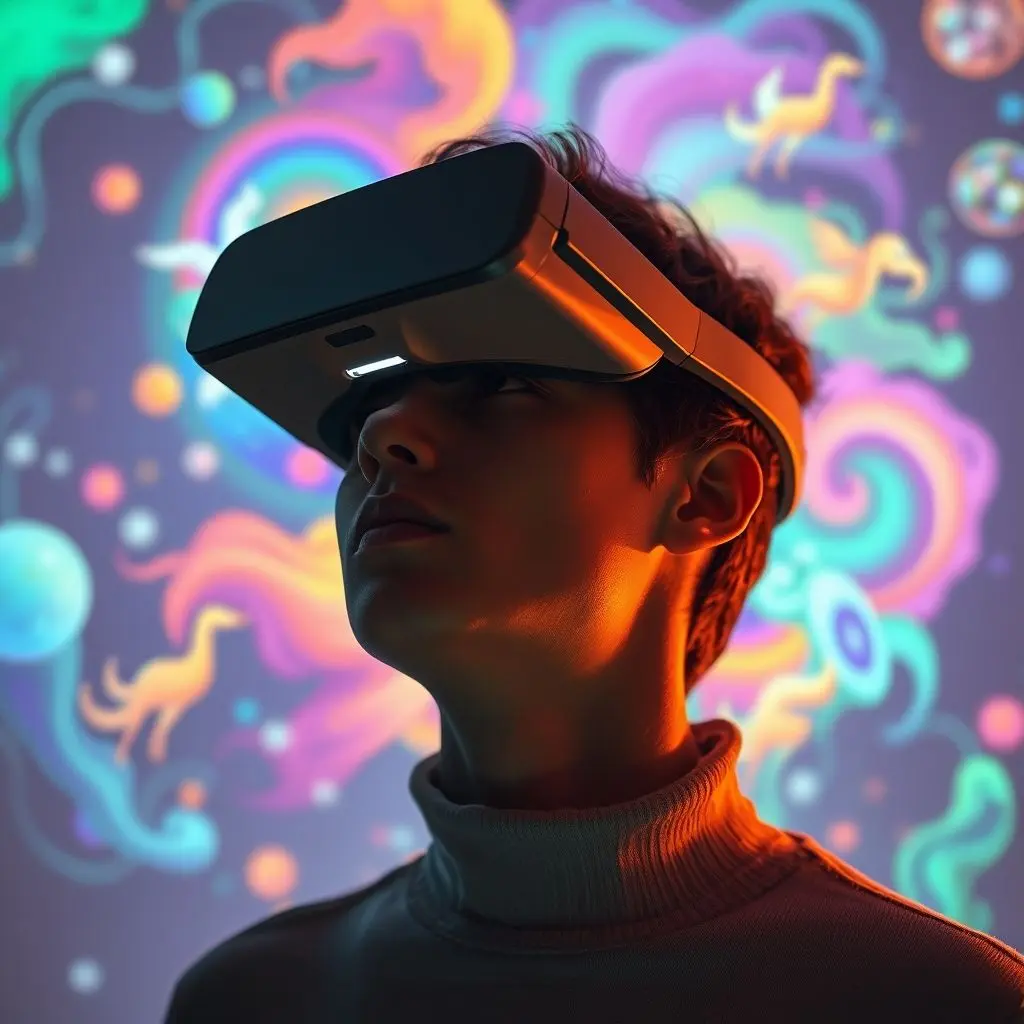
Stepping Into the Shadow: The Terrifying Ethical Maze
With great power comes… immense potential for misuse. The privacy and ethical implications of dream recording are staggering:
- The Ultimate Privacy Invasion: Your dreams are arguably the most private space imaginable – unfiltered thoughts, fears, desires, and impulses that you may not even be consciously aware of. Who would have access to this data? Could it be subpoenaed? Hacked? Sold to advertisers? The potential for exploitation is immense.
- Security Risks: If dreams are stored digitally, they could be vulnerable to cyberattacks. Could someone steal your dreams? Worse, could they manipulate them or insert suggestions?
- Psychological Impact: What happens when the line between dream and reality blurs? Could people become addicted to reliving fantastical dreams? Could accessing traumatic dreams repeatedly be harmful? Would the knowledge that your every unconscious thought is being recorded change the nature of dreaming itself?
- Consent and Ownership: Can you truly consent to having your dreams recorded? Who owns the ‘data’ of your dreams? Could corporations or governments gain control over this incredibly intimate information?
- Regulation and Control: Establishing laws and ethical guidelines for such a technology would be a global challenge, fraught with competing interests and values.
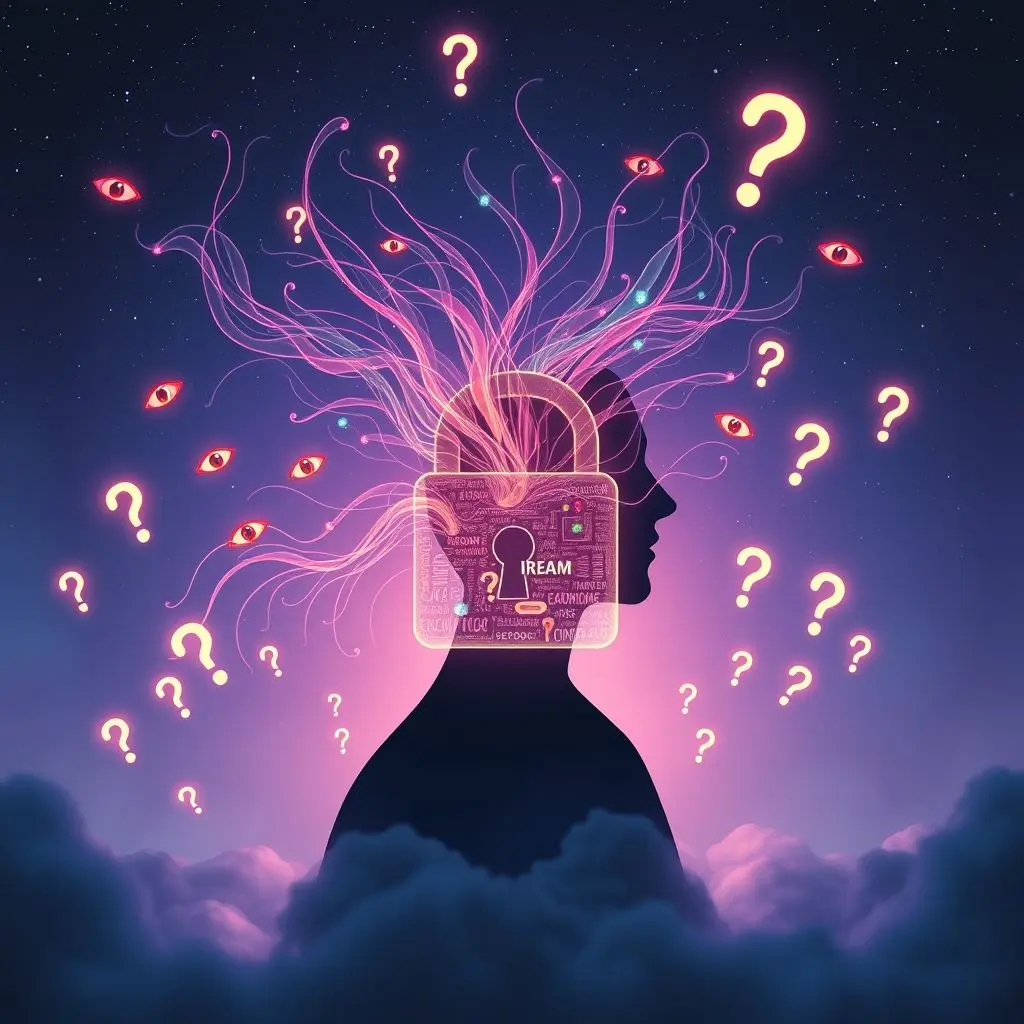
These aren’t minor footnotes; they are fundamental challenges that would need to be addressed long before such technology became widely available.
A Hidden Show, Yet To Be Streamed
The idea of recording and replaying dreams pushes the boundaries of our current understanding of consciousness, technology, and ethics. While the core science of decoding complex subjective experience remains a formidable frontier, the rapid pace of advancement in neuroscience and artificial intelligence suggests that exploring these ‘what ifs’ is more than just a fun thought experiment – it’s a necessary preparation for a future that might arrive sooner than we think.
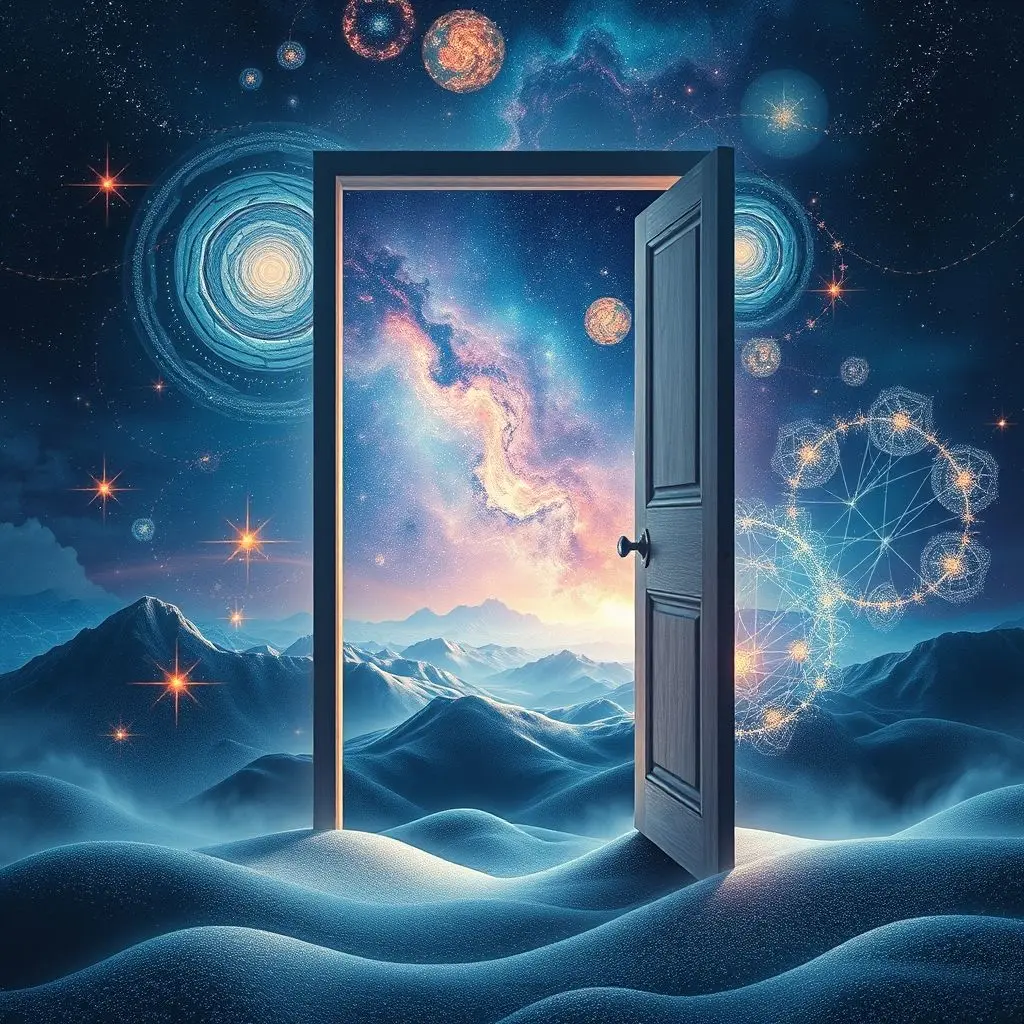
Our sleeping minds hold a universe of untold stories and insights. The question isn’t just *if* technology could help us know these secrets, but *should* it, and are we ready for the profound implications of lifting the veil on our deepest, most private selves?
Frequently Asked Questions About Dream Recording
Q: Is there any technology that can record dreams today?
A: No technology exists today that can record the subjective content of a dream and replay it like a video. Current tech (like EEG and fMRI) can monitor brain activity during sleep and identify when dreaming is likely happening, and researchers are making very early progress in decoding simple elements or patterns, but recording the full experience is science fiction at this point.
Q: How far away is this technology?
A: It’s impossible to say definitively. The challenges in neuroscience and data processing are immense. Most experts would place a true, widespread dream recording and replay technology decades, if not centuries, away. However, incremental progress in decoding brain activity continues.
Q: Would recording dreams help with lucid dreaming?
A: Potentially. If you could analyze recordings of your dreams, you might identify common dream signs or patterns that could help you become aware you’re dreaming while it’s happening (lucid dreaming). However, the technology itself isn’t directly related to inducing lucidity.
Q: What are the biggest ethical concerns?
A: Privacy is the foremost concern – keeping such deeply personal data secure and preventing unauthorized access or misuse by corporations, governments, or individuals. Psychological impacts, consent, and ownership of dream data are also major ethical hurdles.
Q: Could dream recording be used for therapy?
A: Yes, this is seen as one of the most promising potential benefits. Accessing and analyzing dream content could provide invaluable insights for understanding a person’s subconscious mind, processing trauma, and aiding various forms of psychological therapy.
If your dreams are already wilder and more compelling than anything you stream, you’re not alone! Smash that like button on the video above if the idea sparks your imagination. And subscribe to the channel – you won’t want to sleep on our next exploration of tech’s fascinating possibilities.
